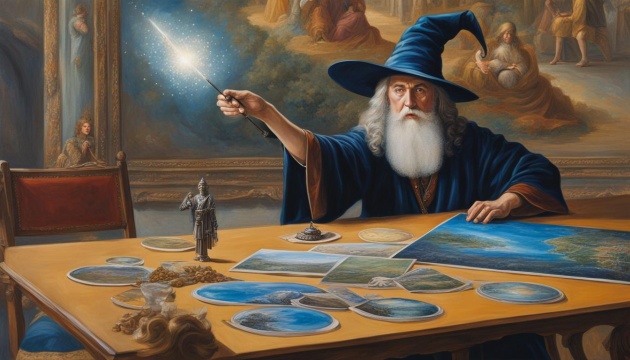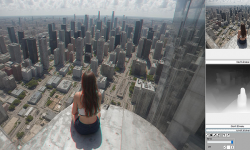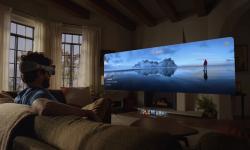If you are using a tripod with a spirit level and have always calculated exactly how to shoot, then the following procedure will not improve your 3D photos. But if you prefer to shoot 3D anytime, anywhere, just as you please, with any camera available, then we have a tip that has worked well for us in practice.
We are really very happy with the following procedure, which is not complicated and gives very good results. Optimally, you should use a digital camera or a mobile phone, but it's not a necessity - if you love the classics, for example, feel free to reach for a film camera. It just makes the process a bit more expensive in this case.
Set your camera or mobile to take a series of pictures. Aim the lens and watch the display. By keeping the camera farther away from you (25 to 30 centimeters from your eyes) while you're observing the display, you reduce the risk of the camera or cell phone rotating differently as you take pictures.
There are significant advantages to composing a 3D photo from a series of images.
Press the shutter button and slowly move the camera to the right. This way, the individual frames in the series will always take up the scene, shifted slightly to the left.
And now the process is the same as always. Our experiments have shown that the first frame of the series is usually unusable (because the hand 'runs up'), so it is advisable to compose a second frame in 3DJournal and one of the others - second, third or fourth. Once you've tried a few, it's easy to see which is best for the scene.
Our experiments showed that it is advisable to take a series of at least 4 frames, and 3D photographs were successful when the combination of the 2nd +3rd frame, 2nd +4th frame or 3rd +4th frame was used.
Of course, the procedure cannot usually be used for dark scenes - the image is blurred due to the longer shutter speed and hand movement. However, by capturing the left and right frames in relatively quick succession, it also gives good results when taking 3D photos of slow-moving objects that you would otherwise struggle to capture for 3D photos with a single camera.
3DJournal, May 2004





